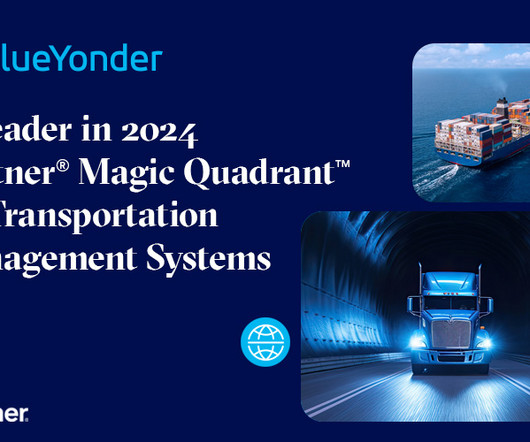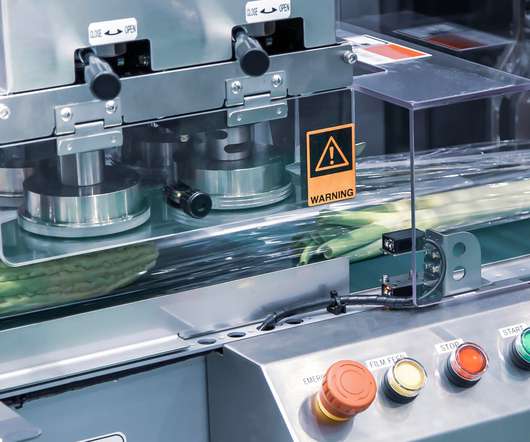Blue Yonder is a Gartner® Magic Quadrant™ Leader 13 Years in a Row
BlueYonder
APRIL 2, 2024
This blog was co-written by Terence Leung and Jen McQuiston Our customers depend on Blue Yonder Transportation Management to achieve customer-centricity and operational resiliency across the globe. Transportation Optimization microservice: top-tier Blue Yonder planning made available to wider audience via a standalone API.





































Let's personalize your content